Calcium Hypochlorite Supplier
Our highly effective and stable calcium hypochlorite, often used as a disinfectant and bleaching agent, has strong oxidizing properties that can bring excellent disinfection effects and is ideal for water treatment, pool disinfection and industrial cleaning.
We provide comprehensive services across the entire supply chain, including manufacturing, packaging, and transportation.
- UN Number: 1748
- CAS Number: 778-54-3
- EINECS Number: 231-908-7
- H.S Code: 28281010
- Chemical Formula: Ca(CIO)2
By Forms
Granules
- Larger solid pieces of calcium hypochlorite that are coarser than powders.
- Slower dissolving rate in water, ideal for controlled chlorine release over extended periods.
- Used for pool treatment and water disinfection with sustained chlorine release.
- Less prone to dusting and more stable when stored.
Powder
- A fine, dust-like material that is easier to mix.
- Dissolves quickly in water for fast applications needing rapid chlorine release.
- Difficult to handle in daily life, prone to dusting, can be harmful when inhaled.
- Improper storage can cause powders to absorb moisture, leading to caking or degradation.
By Concentration
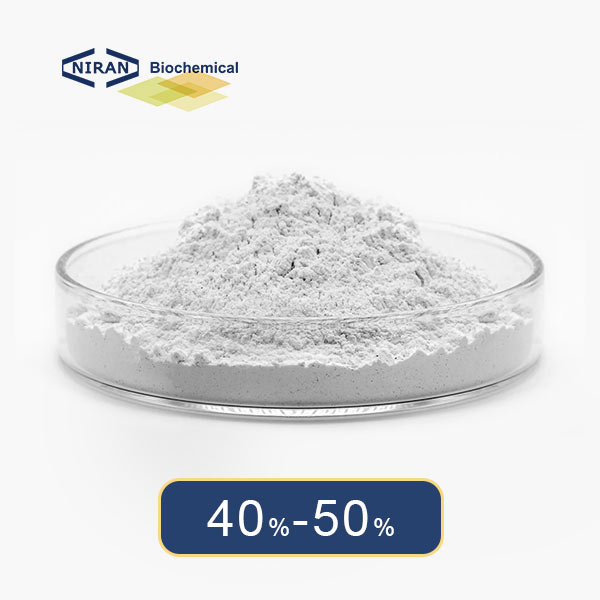
Low concentration
- Available chlorine may be around 40%-50% and is usually used for smaller scale use or milder disinfection and is safer to handle.

Standard concentration
- Available chlorine concentration is between 65% to 70%, a concentration that has a stronger disinfecting effect. It is easy to manage in terms of storage and handling.
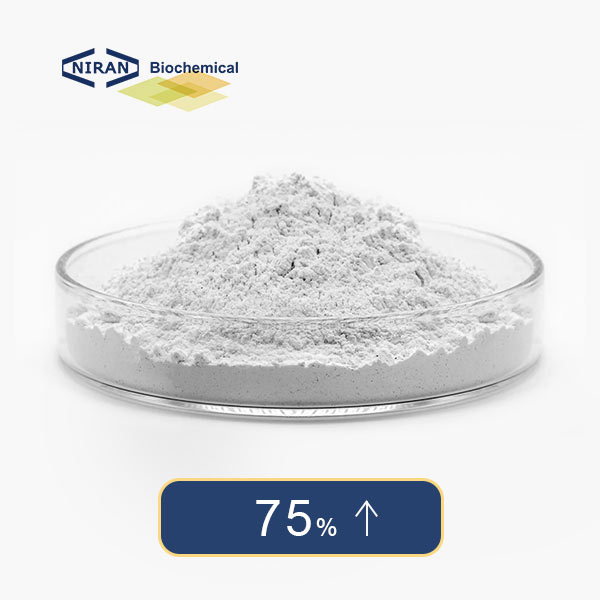
High concentration
- Available chlorine concentration is 75% or higher and is usually used in high volume industrial settings where rapid chlorination or shock treatment is needed.
Application
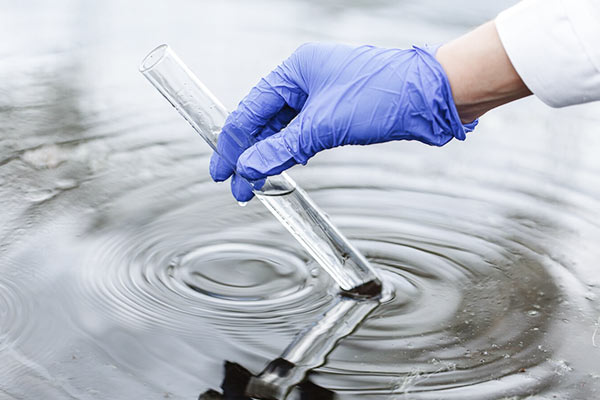
Water Treatment
- Used to disinfect drinking water, especially in emergency situations or in areas without centralized water treatment systems.
- Used to disinfect wastewater, killing bacteria, viruses, and pathogens before release or reuse.
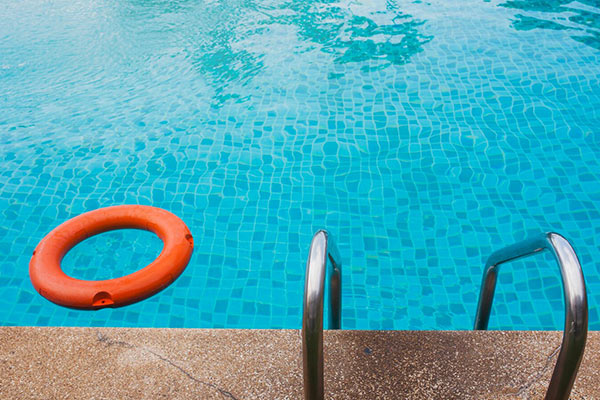
Swimming Pool Disinfection
- Used to sanitize pool water, killing microorganisms and controlling algae growth.
- It is a key component of pool shock treatments, adding a large chlorine dose to eliminate contaminants and bacteria beyond regular chlorine levels.
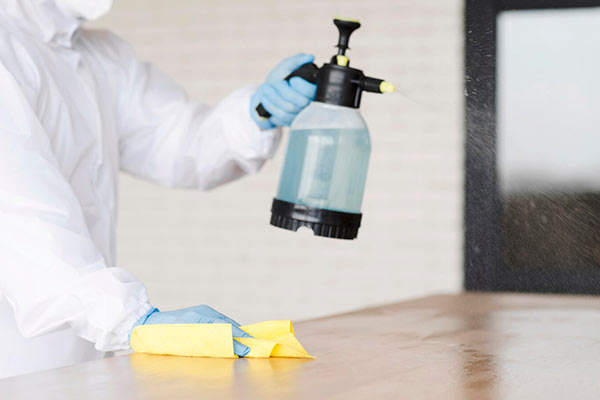
Surface Disinfection
- Used for surface disinfection in medical settings, helping control the spread of infections.
- Applied to clean and disinfect high-touch surfaces in public areas, such as restrooms, gyms, and schools.
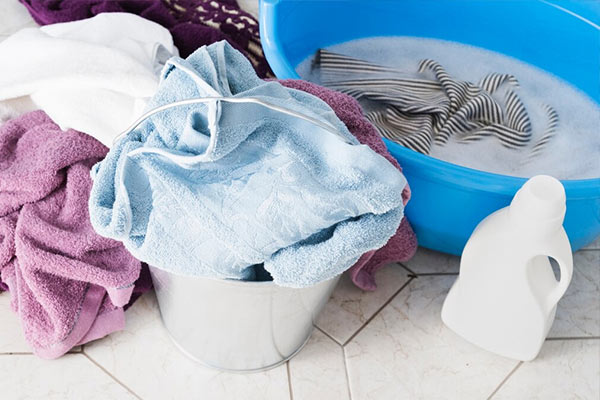
Dye and Bleach
- Used in bleaching and stain removal in the textile industry, suitable for materials that require a non-acidic solution that can effectively clean fabrics without damaging the fibers or changing the color of the material, ensuring that the texture and quality are maintained.

Tobacco Processing
- Tobacco leaves are disinfected and bleached during processing to ensure hygiene, eliminate contaminants, brighten the color, and improve the appearance and consistency of the final product.

Industrial and Commercial Cleaning
- It is used in cleaning and sanitizing industrial equipment, food processing facilities, and commercial spaces. Calcium hypochlorite helps remove bacteria, mold, mildew, and viruses from surfaces.
Get in Touch with Us Now
FAQs
1. What is calcium hypochlorite used for?
The main applications for calcium hypochlorite are as a bleaching and disinfectant. It is commonly used in water treatment for swimming pools, as well as in cleaning and sanitation applications for industrial and municipal purposes.
2. How should calcium hypochlorite be stored?
Calcium hypochlorite should be stored in a cool, dry place, away from direct sunlight and incompatible materials like acids, organic compounds, and combustible materials. Store it in tightly sealed containers to prevent degradation and moisture absorption.
3. What safety measures should be taken when working with calcium hypochlorite?
Wearing the proper safety equipment, such as gloves, goggles, and a dust mask, is crucial while handling calcium hypochlorite in order to prevent skin and eye contact as well as dust inhalation. To reduce the chance of being exposed to harmful vapors, it should be handled in locations with adequate ventilation.
4. How do I know if your calcium hypochlorite is high quality?
Our high quality calcium hypochlorite should meet industry standards, with high chlorine content and few impurities. We can provide Certificate of Analysis (COA) and test report to verify the quality and effectiveness of the product.
5. Is calcium hypochlorite safe for use in drinking water?
Yes, calcium hypochlorite is safe for use in drinking water in controlled, appropriate concentrations. It is commonly used for water treatment purposes to disinfect and purify water, but it must be used according to safety guidelines to avoid over-chlorination.
6. What is the shelf life of calcium hypochlorite?
The shelf life of calcium hypochlorite depends on storage conditions, but typically it can last between 1 to 3 years. Its shelf life and efficacy may be maintained by properly storing it away from moisture and direct sunlight.
7. How do I buy calcium hypochlorite in bulk?
By using our contact information, you may get in touch with us directly and purchase calcium hypochlorite in bulk. Learn about pricing, delivery options, and bulk discounts, depending on your specific needs.
8. Can calcium hypochlorite be used in industrial cleaning?
Yes, calcium hypochlorite is widely used in industrial cleaning applications, particularly for its bleaching and disinfecting properties. It is effective in cleaning surfaces, equipment, and even wastewater treatment systems in various industries.
9. How do I use calcium hypochlorite for pool sanitation?
Calcium hypochlorite should be dissolved in water before being added to a pool in order to be used for pool cleanliness. The amount needed will depend on the pool size and water quality. For correct dosage, always adhere to the manufacturer's recommendations.
10. How environmentally friendly is calcium hypochlorite?
Calcium hypochlorite is effective for disinfection and sanitation, but like any chemical, it must be used responsibly. When used according to guidelines, it does not pose significant environmental risks, though care should be taken to avoid over-chlorination or contamination of water sources.
